Edit: maybe look at this answer instead: https://stackoverflow.com/a/8748722/9439097
Its probably too late now, but I have an answer to your problem. I have no idea how the lognormal really works and how you could mathematiclaly derive values to arrive at your desired result. But you can programatically do what you want using standardisation.
Example:
I assume you have something like this:
dist = scipy.stats.lognorm.rvs(0.2, 0, 1, size=100000)
plt.hist(dist, bins=100)
print(np.mean(dist))
print(np.std(dist))
which outputs:
mean: 1.0200
std: 0.2055

Now I have no idea what parameters you would need to feed into lognorm to get mean 1 and std 1 like you desired. I would be interested in that.
However you can standardise this distribution.
Standardisation means that the final distribution has mean 0 and std 1.
dist = scipy.stats.lognorm.rvs(0.2, 0, 1, size=100000)
# standardisation to get mean = 0, std = 1
dist = (dist - np.mean(dist)) / np.std(dist)
plt.hist(dist, bins=100)
print(f"mean: {np.mean(dist):.4f}")
print(f"std: {np.std(dist):.4f}")
mean: 0.0000
std: 1.0000
And now you can reverse this process to get any mean you want. Say you want mean = 123, std = 456:
dist = scipy.stats.lognorm.rvs(0.2, 0, 1, size=100000)
# standardisation to get mean = 0, std = 1
dist = (dist - np.mean(dist)) / np.std(dist)
# get desired mean + std
dist = (dist * 456) + 123
plt.hist(dist, bins=100)
print(f"mean: {np.mean(dist):.4f}")
print(f"std: {np.std(dist):.4f}")
outputs
mean: 123.0000
std: 456.0000

The shape itself is the same as initially.


